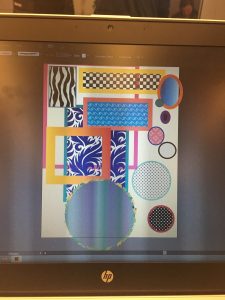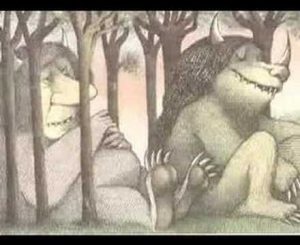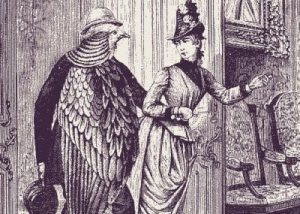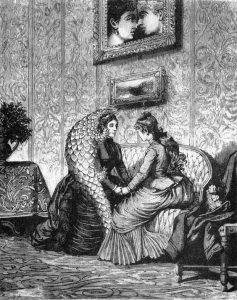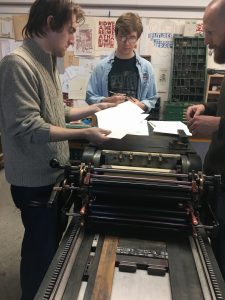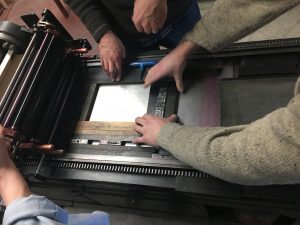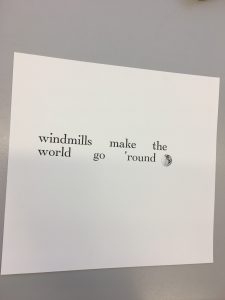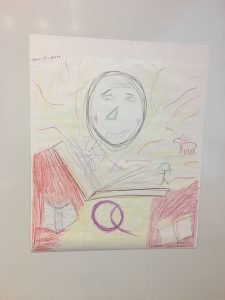As a child I remember loving the wordless picture book “The Snowman” by Raymond Briggs and I never really thought about why I enjoyed it so much until Monday’s class. After reading through our assigned wordless novel, “The Arrival,” I found myself enjoying the visual experience of making up my own storyline similarly to my memory of reading “The Snowman.” As we discussed, the absence of words gives agency to the reader to formulate their own interpretation of what they see, and while I grasped “The Arrival’s” themes of immigration and fear, I also made up my own ideas that related back to my own life. For instance, when I first laid eyes on the cover I had an inkling that the story was going to be about immigration because the man in the photo is holding a trunk in my house that looks identical to the one my great grandpa used when he immigrated from Poland. Also, I initially interpreted the surrounding cover art, not as a photo album, but rather as a mock-up of a traveler’s trunk. In wordless books, personal perspectives based on one’s own lived experience takes over the narrative depicted in visual representations and leads to a more enticing storyline.
On another note, when reading these wordless novels I was reminded of one of my favorite bedtime stories, “Goodnight Gorilla” by Peggy Rathmann. While this children’s book is not entirely wordless, the only words it really includes are “goodnight” and the name of the animal on the page. A number of the images do not have any words and reflecting on it now I think that is why I enjoyed it so much. I think more children should be exposed to wordless picture books to spark creativity early on in their lives. Do you think children would be as attracted to wordless picture books compared to picture books with words?
Images have the power to override language, such that sometimes words are not enough to describe a particular feeling, emotion, or experience. Visual representations can evoke messages and tell stories just as well as written narratives; however they leave room for various interpretations and might not always be the author’s planned meaning. That is what makes wordless novels fun. Wordless novels are active and require participation from the reader because the author is not telling the reader how to read; but rather providing content to be transformed by one’s own perspective. Wordless novels serve as an invitation for the reader to jump right into the story, observe the symbolic content, and creatively incorporate their identity into the images presented.

